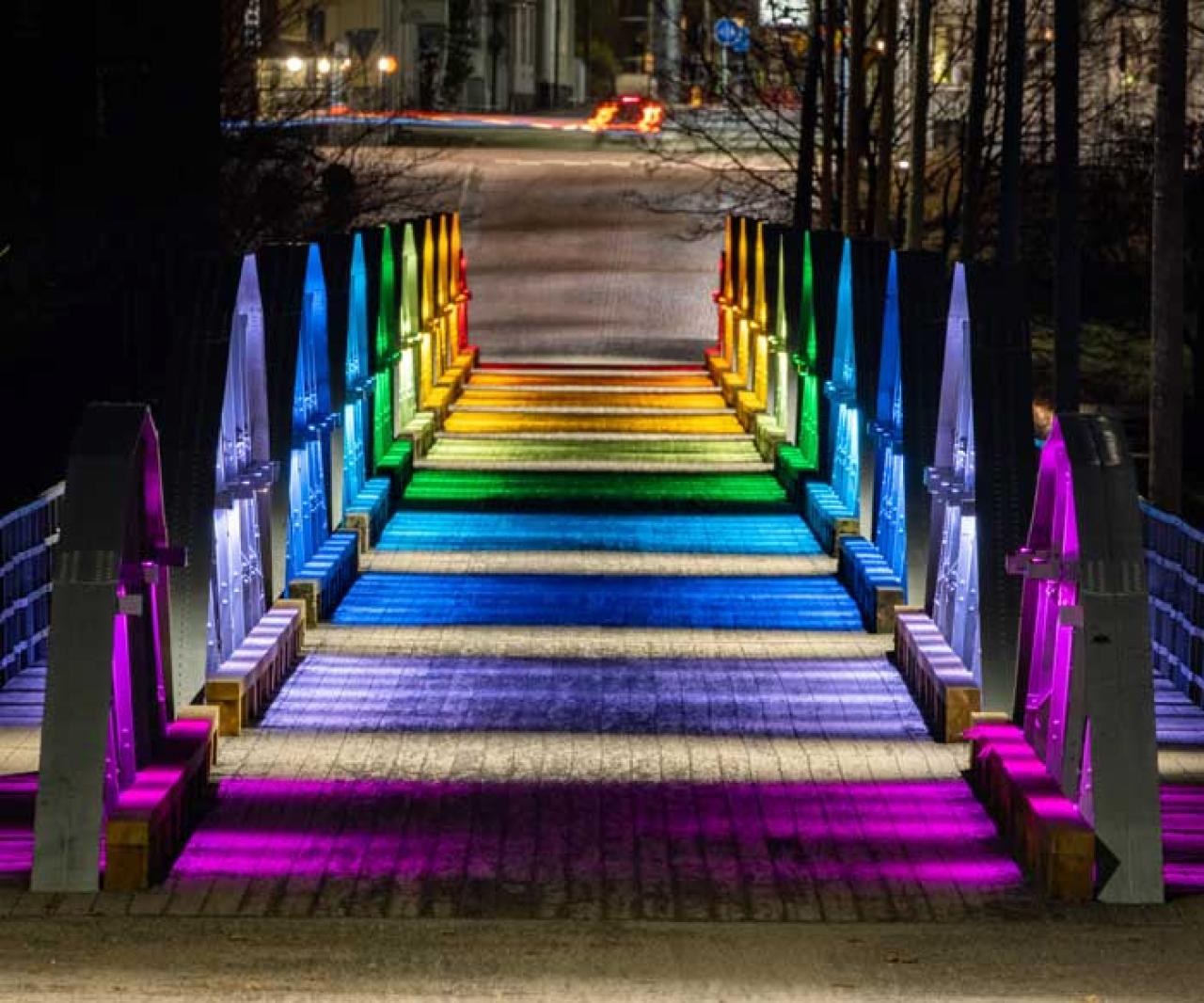
Women in STEM sectors are without a doubt still highly underrepresented, in training as well as in employment. The same applies for science and that can also affect climate change. Can larger demographic diversity in climate change science result in more climate friendly solutions? And how can a smart city build attention to and connect more with the STEM sector? The main subjects for this hybrid-digital transnational meeting in La Rochelle was dedicated to Gender and STEM (an acronym that stands for science, technology, engineering and mathematics).
The thematic for this fourth transnational meeting was Training & employment of women in STEM sectors and the session raised many crucial questions on a smart city level. One of the more basic questions that was raised by several of the lecturers was how smart cities can attract girls to STEM studies and professions.
La Rochelle, host city of this transnational meeting, opened the meeting with a presentation about including more women in AI digitalization as one step to reach more equality. By interviewing engineers about why they wanted to work with robotics in industries, they got results that could be useful in communicating with role models. La Rochelle now plans to have their local group to work with young people, before they chose way for their career. The stake is to increase the mix and the number of women in so called male jobs. The city’s role is to bring more women into so called male occupations. And of course increase gender equality, on national and international level.
Dr. Eden Hennessey, creator of #DistractinglySexist #DistractinglyHonest & #TurningTablesinSTEM photo-research exhibits, pointed at the very long time it has taken to make science accessible to everyone. We are not yet there, and much is depending on our children. How they learn their stereotypes very early, during their first three years.
- But must it be like this, that Barbie needs a male to understand that she can be an engineer? asked Dr. Eden Hennessey, researcher and STEMinist from Canada. No, we need to challenge the masses so that all children can make their choices by them selves, she defined.
- Women are seen as a homogenous group when they are a diversified group with many different experiences, continued Dr. Eden Hennessey and highlighted non-linear careers, like Anne, a biologist that studies giraffes.
From Tamasin Greenough, project coordinator of the Parenting Science Gang we got a lecture about “Girls in STEM in UK”. What can we do in schools, to motivate girls and young women to work in STEM? And how come that after 16 less girls want to study STEM? Studies shows that boys and girls have strong ideas about how a girl and a boy shall be, stereotypes. To improve gender balance, an institute for physics studied how they could work with the whole school to have real effect. Tamasin Greenough considered that it would improve to raise the science capital among all young people and work with gender stereotypes. She also pointed out that the science teaching approach is important.
- You must enable the young people to see role models and the possibilities, and have a holistic approach, said Tamasin Greenough.
Maria Sangiuliano, research director and CEO of Smart Venice and team member of the #Gender4STEM project showed a Teaching assistant platform and Self-assessment tool. The main purpose is to make it easier to attract girls to STEM studies. This project has collected about 70 materials, like videos, interviews, webinars, quizzes, guidelines etc. Material that can prepare girls for STEM studies. To get out of the classrooms are important and therefore digital summer camps is one resource.
Paolo Sabatini, Digital Transformation Office of Milan Municipality and involved in the #STEMinthecity project presented the “STEM in the City project”. This project started in 2017, involving 150 actors, and have now reached up to 50 000 persons.
This is now enrolled at the university for STEM and can also catch vacant jobs. The main pillars are inclusion, digital rights and integrated family-school. It shall be replicable to other cities and build attention, catalyse, give cities a platform, easy to apply.
